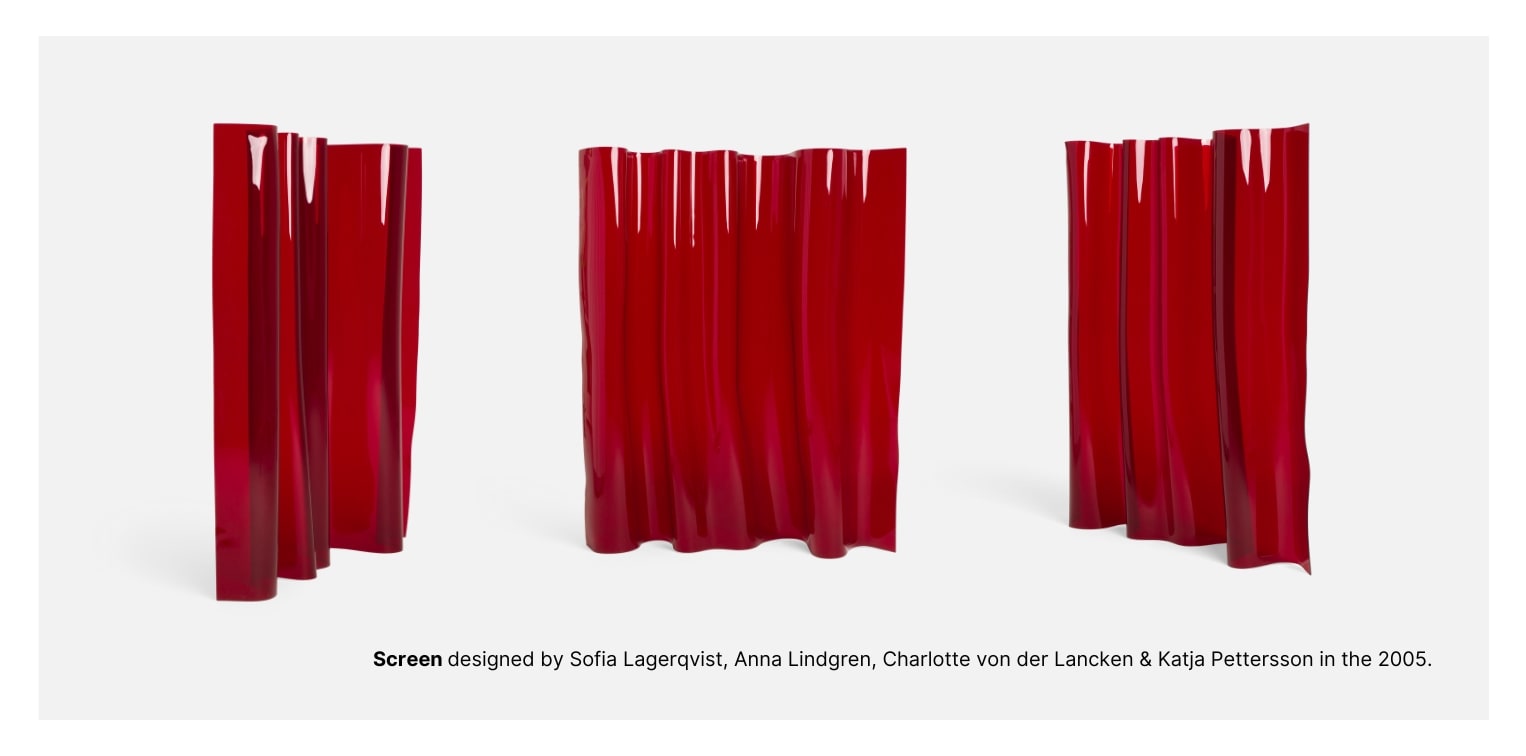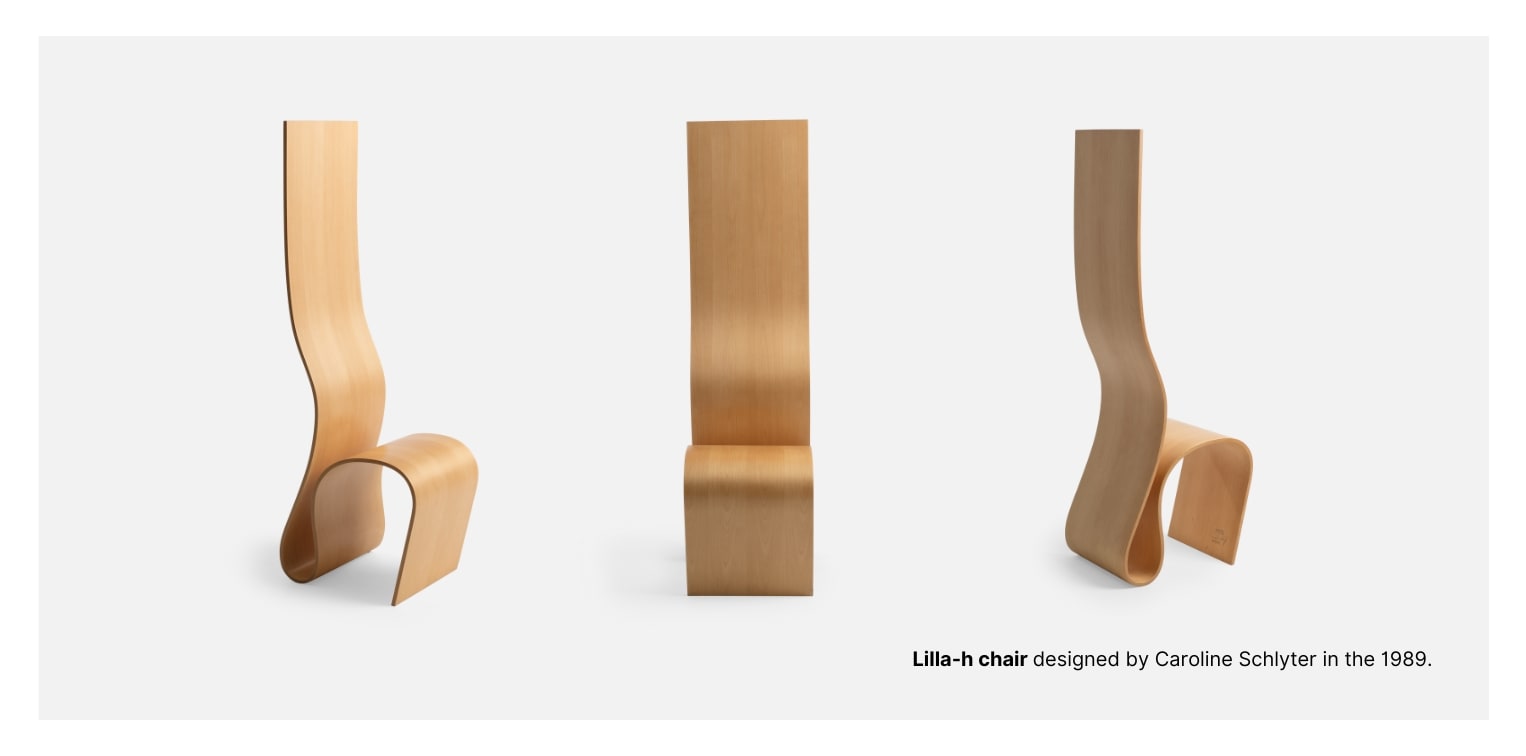
Art or design?
Art or design?
Art and design are close relatives. But since the industrial revolution, they have been treated as two different categories. There are, however, many designers who move freely between the genres. Here, we present some of them.
What is the difference between art and design?
The conventional view is that design pieces primarily fulfil a practical function, such as sitting, while works of art are made for aesthetic, mental or emotional contemplation.
Another distinction is that design objects often are made in larger numbers, whereas art works are unique or extremely limited.
Look more closely at the intertwined history of art and design and the picture becomes more complex. Only a few centuries ago, the two professions were essentially one. But with industrialisation in the mid-19th century, the designer emerged as a separate profession, distinct from the artist.
Since then, art and design have followed parallel, overlapping paths. Many creatives have worked in both fields, while others have questioned the strict boundaries. The Arts & Crafts movement of the late 1800s sought to elevate handmade, functional objects, while the Pop artists of the 1960s created sculptures that celebrated the everyday and the commercial imagery of design and advertising.
Today, high-end design in limited editions is often shown in dedicated design galleries, while young artists and designers pursue interdisciplinary projects that challenge the status quo.
Here are some examples of historical and contemporary design objects with artistic ambition, all from the collections of the Museum of Furniture Studies. Art or design? You be the judge.
Bad Tempered Chair
This chair by Israeli designer Ron Arad (b. 1951) was designed in 2000 and produced in a limited edition of 200 copies by the Swiss furniture company Vitra. Always pushing the boundaries of design, Arad’s pieces often have a sculptural look, prioritising visual effect over comfort. His innovative use of materials is evident in this chair, which is made from sheets of compressed fibreglass, carbon and Kevlar fibre that are held together by thumbscrews.

Elk-Skin Chair
Mats Theselius (b. 1956) is a singular mind in the contemporary Swedish design scene. He first became widely known for a bright yellow bookshelf specifically designed to hold 25 editions of National Geographic Magazine, and cemented his reputation as a rebellious designer with a ceramic table stand for a single carrot. This limited-edition chair appeared in his first collection for producer Källemo and shows the more serious side of his work. With its elk-skin seat and metal shell, it reveals his affinity with predecessors such as Le Corbusier and Carl Malmsten.

Bel Air Chair
Designed in 1982 by American designer Peter Shire (b. 1947) for the Italian design group Memphis, the Bel Air Chair is a textbook example of postmodern design. For Shire and the other Memphis designers, art and design history was a giant warehouse where you could pick and choose different forms of expression and join them into genre-bending, sculptural pieces. With its geometric shapes and vibrant colour scheme, the chair is equally at home in an art museum as in an elegant home – or on a movie set.

Pom-Pom Pouf
Drawing inspiration from traditional crafts, Swedish designer Lisa Hilland (b. 1973) has a strong sense of materiality. Her objects combine poetic, visual qualites with a sense of storytelling. For this pouf, with its decorative leather pattern, she ”took inspiration from family treasures, my inherited textiles and furniture, some of them over a hundred years old”. The pouf was produced by the legendary Swedish brand Svenskt Tenn in a limited edition in 2011, while this prototype is a part of the collection at the Museum of Furniture Studies.

Screen
This moulded plastic screen by the Swedish design group Front is a contemporary twist on Finnish designer Alvar Aalto’s iconic 1936 room divider. Originally founded while the members were still studying at Konstfack University of Arts, Crafts and Design in Stockholm in the early 2000s, Front was originally a quartet. Today, the acclaimed group consists of Sofia Lagerqvist (b. 1972) and Anna Lindgren (b. 1974). The screen was designed in 2005 as a part of their first collection for the producer Materia.

Lilla-h Chair
While still an art student at Konstfack University of Arts, Crafts and Design in Stockholm, Caroline Schlyter (b. 1961) created the Lilla-h (Little-h) chair for an exhibition at the Stockholm Furniture Fair in 1989. Made in a limited edition of 20 numbered and signed pieces, the sculptural laminated-wood chair belied its name by standing an impressive 150 centimetres tall. It was an immediate hit, winning awards and leading to exhibitions all over the world.





































































